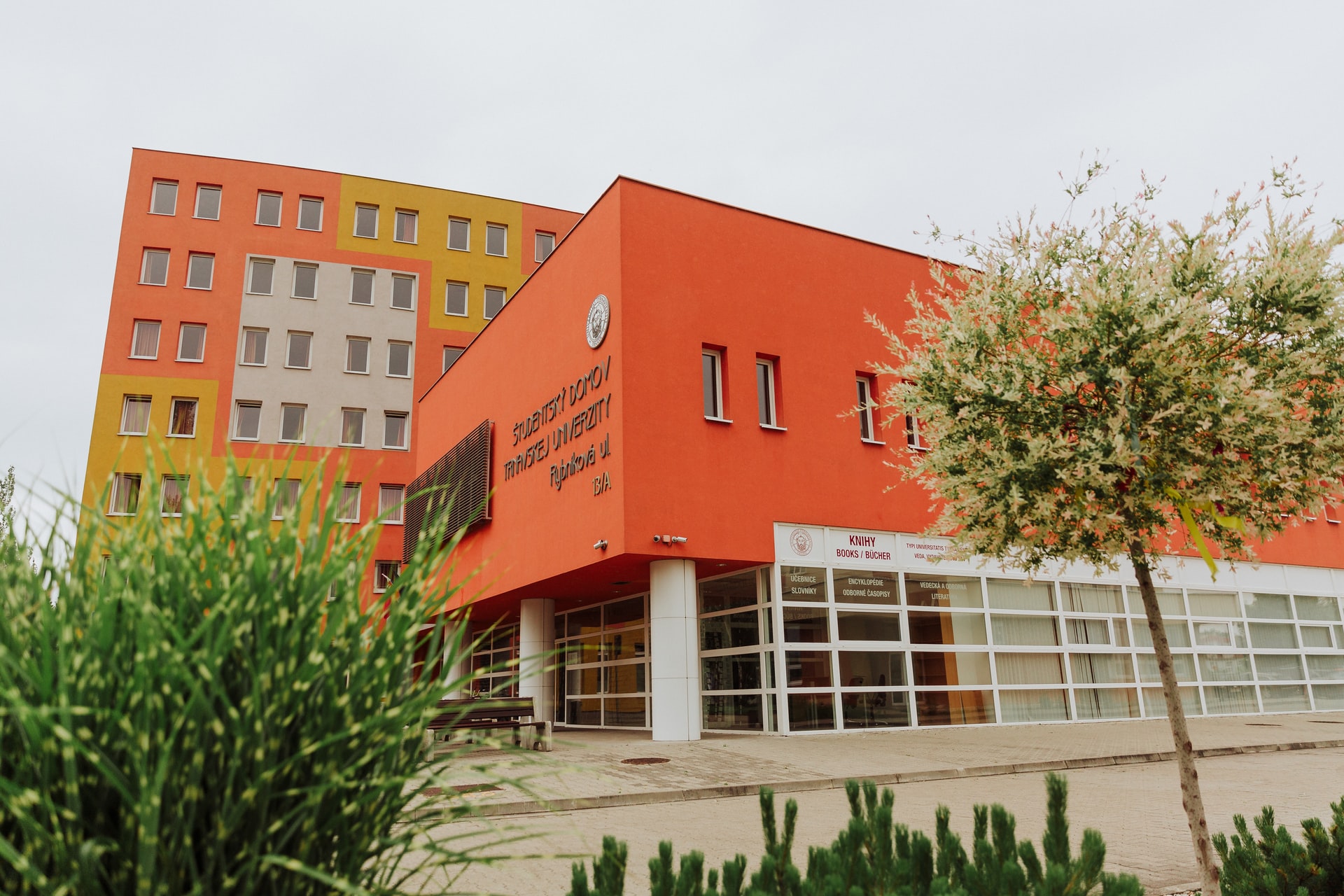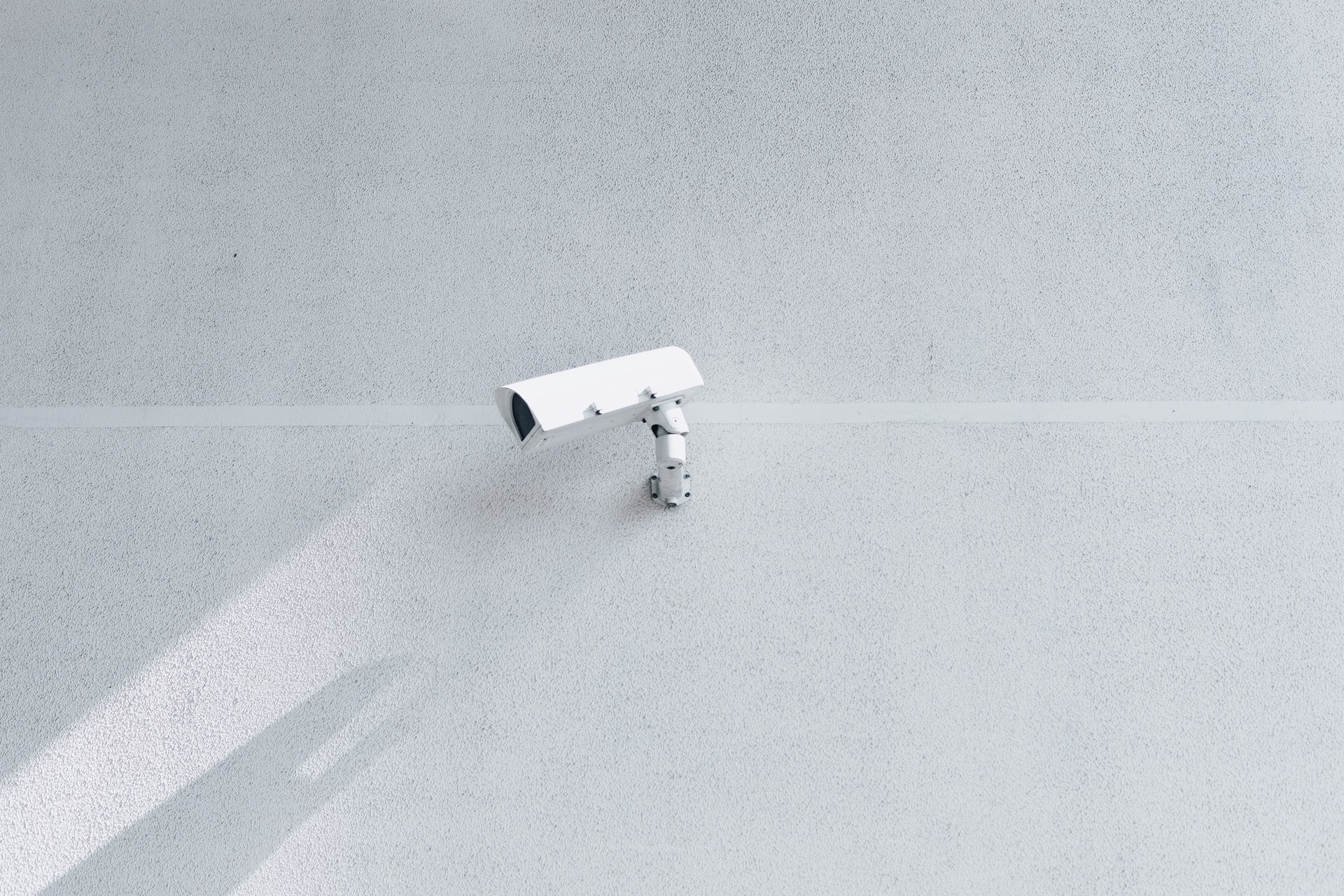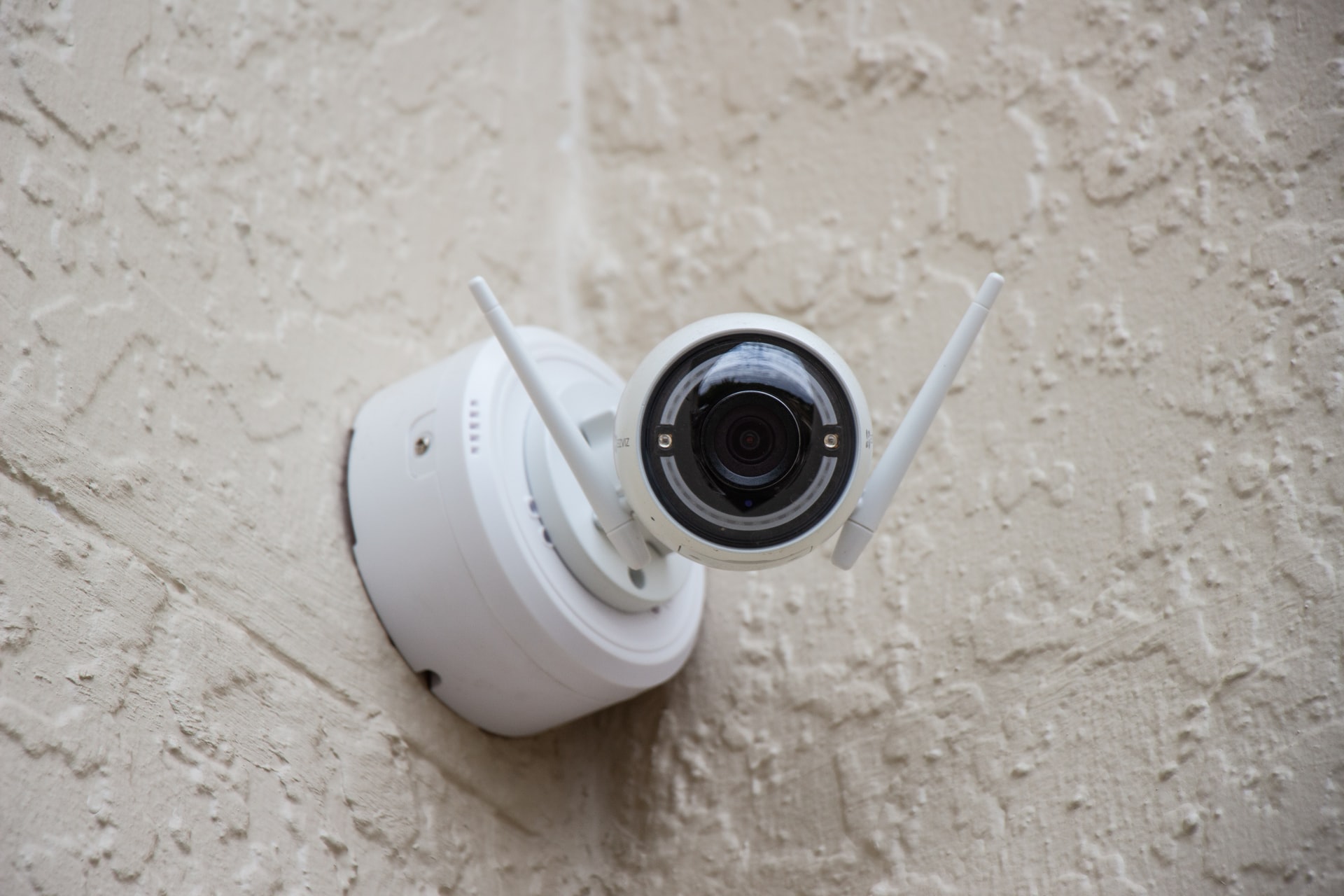Hackers Evolve Attack Methods in Higher Education Breaches

Cybersecurity remains an area of struggle for many campuses. While education seems to trail behind industries like healthcare, finance, and public administration, there has been a slight increase in both the number of confirmed attacks of data disclosure in education, as well as in the variety of threats.
Institutions need to develop strategies that are comprehensive and that motivate the widespread ownership of responsibility. It is the perfect time for colleges to analyze the current patterns of breaches and develop cybersecurity practices that are theoretically sound and realistic.
Entire Campus Networks Are Potential Targets
For post-secondary schools, there is no shortage of cybersecurity threats. ZDNet states that one university disclosed a data breach in which the PII (Personally-Identifiable Information) of both students and their families were compromised after an incident.
To create best practices that can directly face cybercrime threats, IT teams and leaders first need to identify the common threat vectors. An important question to ask – how do cybercriminals gain access to networks?
According to cybersecurity professionals, there is no innovation in the most popular strategies that cybercriminals use to attack networks. In higher education, ransomware and phishing emails are still the most significant threats.
Volume, Variety, and Velocity – The Three Vs. of Campus Attacks
Volume: Phishing attacks are top when it comes to the volume of attacks. The 2019 edition of The State of Email Security Report, posted each year by Mimecast, revealed that 94% of organizations had experienced phishing attacks. 64% of respondents believe that their organizations will suffer an inevitable impact from email attacks.
Variety: Malicious attackers tend to use whatever they can and whatever works to gain access to school networks. Unpatched software and legacy systems are the perfect proving ground for outdated threats.
Velocity: Attacks using ransomware happen fast and hard. Attackers continually modify their code to make attacks easier, allowing them to infect entire networks quicker. This, in turn, creates a far more dangerous cycle, which forces more universities to pay the ransom.
Strengthening Cybersecurity
Colleges and universities that fall victim to cyberattacks don’t just deal with the immediate consequences. There is a long-term impact of data breaches that affect students, staff, and the IT infrastructure as a whole.
For instance, a recent survey revealed that, after successful attacks, the affected students’ risk perception increased temporarily, even as their general opinion of cybersecurity was one of indifference. Additionally, a new FBI and IC3 PSA recommends that no ransoms be paid because it is not guaranteed that hackers will remove the ransomware.
Even if they do, criminals become emboldened when their ransom attempts succeed, making organizations that have been targeted once susceptible to another attack.
To protect against these attacks, it is essential first to learn where the harm is coming from. Then, assess the readiness of staff and students when it comes to responding to attacks. Institutions should be spending on technology smartly, keeping security at the top of their list of priorities.
Concluding Thoughts
Trends in cybersecurity let us see the bigger picture of higher education risks. However, reducing the impact of threats like ransomware and phishing requires the best practices possible – ones that can identify significant weaknesses, secure network infrastructure, and engaging network users.






